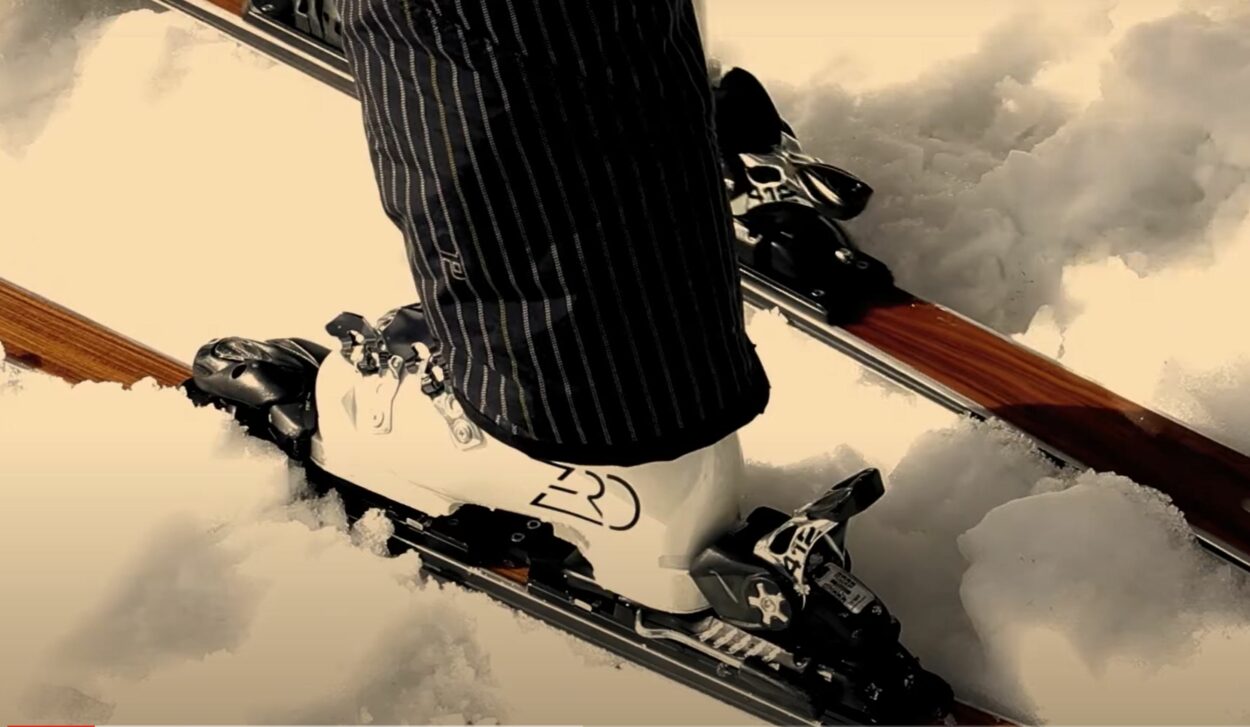The Italian-made skis by Zero exemplify how artisanal methods can be translated into high-performance luxury items.
In 2011, Claudio Velsecchi and Andrea Bonacina launched the Italian brand Zero as a way to contribute to the world of ski-making with a new concept: custom-made, luxury skis. Based in the heart of the Alps, the brand combines design elegance with artisanal techniques to achieve high-performance sporting. The skis exhibit material layering with 24-carat gold inserts and crafted motifs. The implementation of 24-carat gold has never been seen before in the design and fabrication of skis, according to the founders. As the architect and designer of Zero, Andrea Bonacina follows the production process from the creative phase to the fabrication of the skis.
“The main idea was to create a product with a different and extremely distinctive design. Using materials instead of graphic prints and fully hand-assembling the structure with fine materials is at the base of Zero’s philosophy, which is why we pride ourselves to be a fully artisanal brand. The idea that the skis had to be high-performance and of a higher technical level than the average product on the market came by itself,” the designers said in an interview with the editors of Artemest.

Behind the creation of Zero, artisans with more than 30 years of experience handcraft the skis using the traditional sandwich technique. During the classic construction method for connecting the different materials of the ski, the individual layers are glued together and then baked with heat and pressure. For the motif, in addition to a variety of materials, the team at Zero uses 24k gold leaf made by a Florentine workshop that has existed since the 1600s. In the Zero workshop, the artisans apply crystals onto the skis one by one and carve the materials by hand. These additions are made before they add the final protection layer. They create a unique pair of skis for each client; however, clients often select from the Zero collection and request small customizations.
Could it be that Zero has intensified the appetite for the luxury ski sector? Coincidentally, certain fashion labels have begun developing more complete, must-have skiwear collections. In fact, Zero has developed sophisticated designs for some fashion brands, starting from the company’s signature materials and geometries. They’ve also made private collections for VIP clients of fashion brands and for some of the most famous celebrities in show business and music, without naming names. Claudio Valsecchi, sales manager, handles clients and orders that require branded skis.

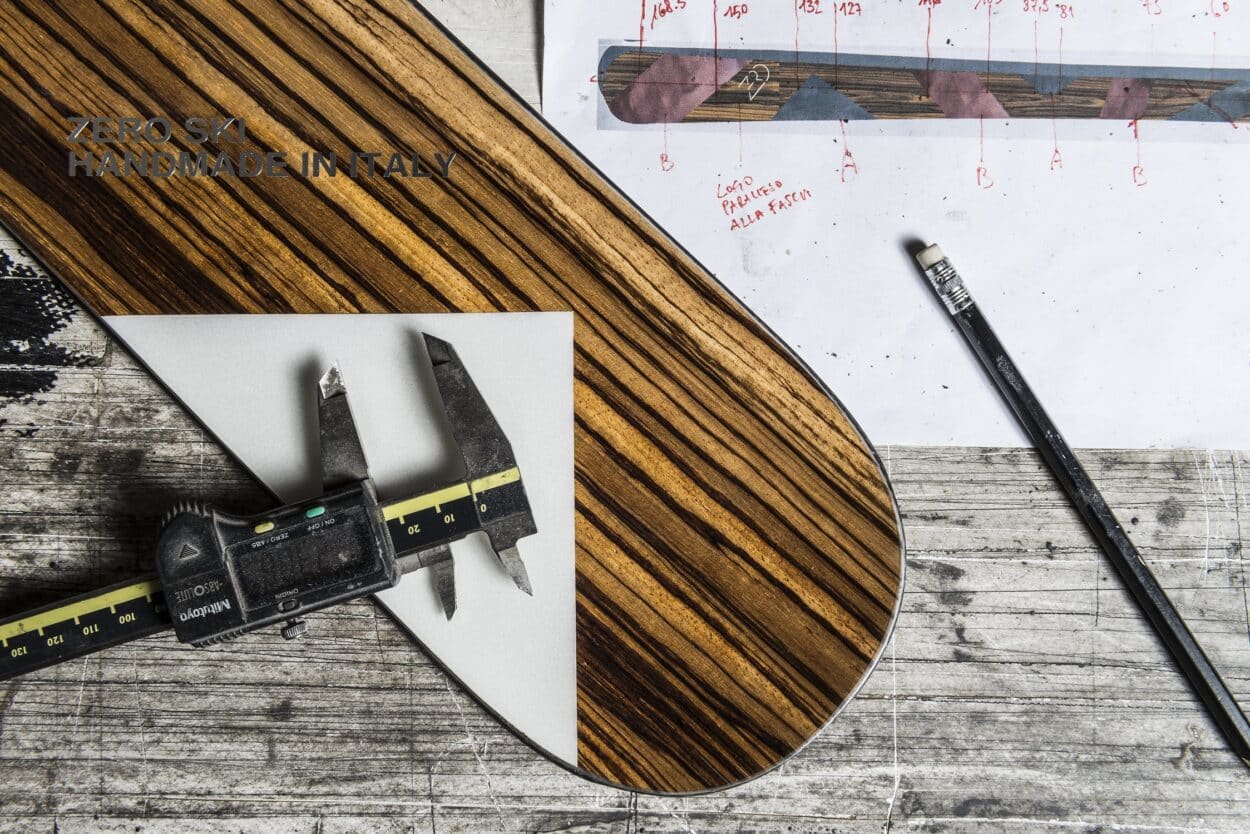
Although the Zero agenda does include style and luxury design, the founders insist on performance as being of equal importance. In order to guarantee excellent grip on the ground in all snow conditions without sacrificing the lightness of Zero‘s signature ski design, the founders place emphasis on the wood core of the skis. They use three types of wood, depending on the geometry of the skis, and an absorbent material inside the stratigraphy which dampens the vibrations generated by very compact or frozen snow.
“Differently from almost every other brand, we use pure materials instead of printed graphic works. We use solid wood, gold leaf, stone, crystals and mother of pearl,” Andrea Bonacina explained in an email correspondence with ArchiExpo e-Magazine.
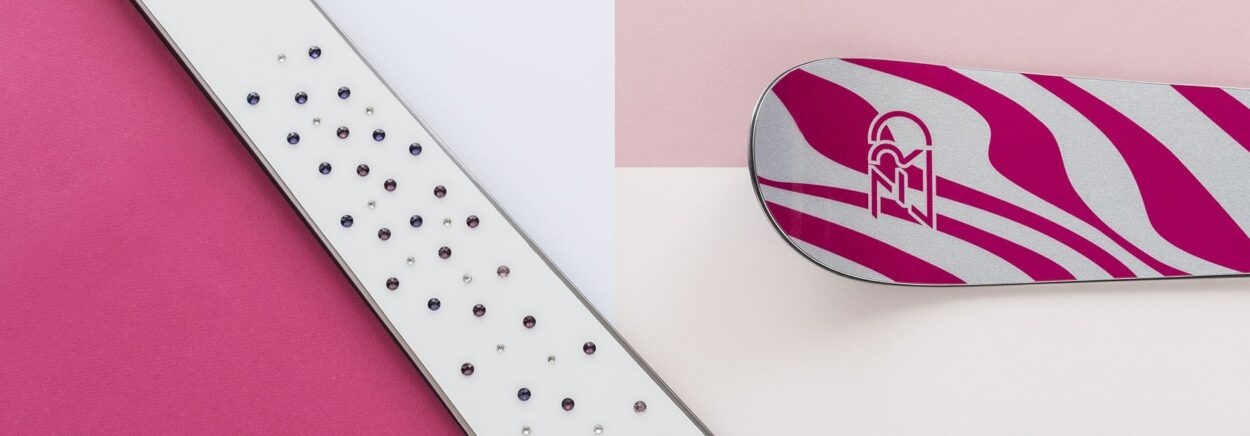



Technical Details of the Winter Season 22/23 Ski Collections
Four noteworthy models by Zero include Lignum, Nørr, Sten and Mydas. Zero Lignum reveals fine carving work by experts with an internal core of okoume wood and an external layer of prized rosewood and lateral steel edges. The combination of these two kinds of wood ensures excellent elasticity and absorption properties that guarantee precise skiing on any kind of snow. The Lignum structure is also used for Zero Oak skis that can be remodeled in champagne, tobacco, dark brown and neutral color shades while maintaining a unique resistance in its kind.


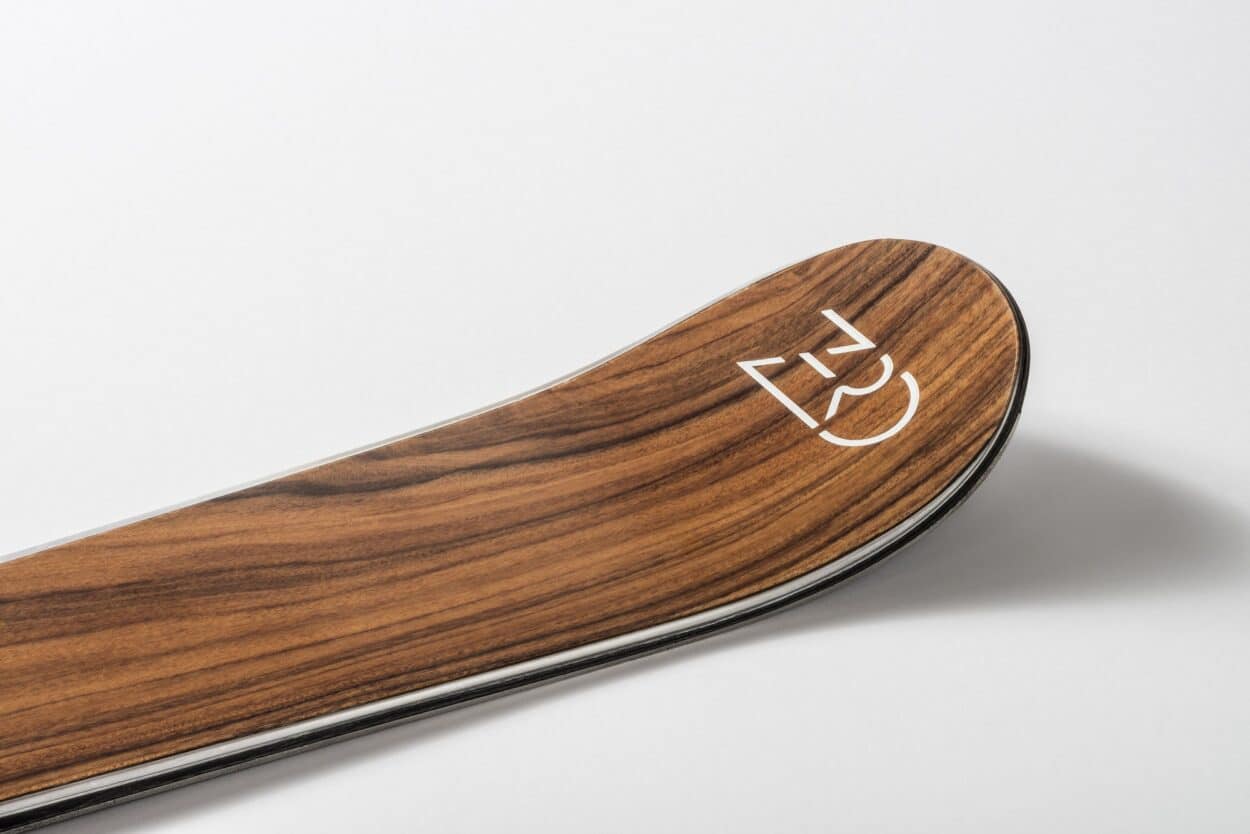
Skis made of stone?
Skis made of stone? Sten skis are all-round skis, entirely covered with stone. Sten skis are characterized by the application of a very thin layer of natural slate (1mm), a stone that originated 200 million years ago and is applied to the structure of the skis through a special matrix. The structure retains the classic sandwich composition, lightened through the use of a lightweight wood core, which helps compensate for the negligible weight of natural slate. The application of slate does not affect the structural characteristics but improves the strength of the surface that is exposed to stress and impacts.


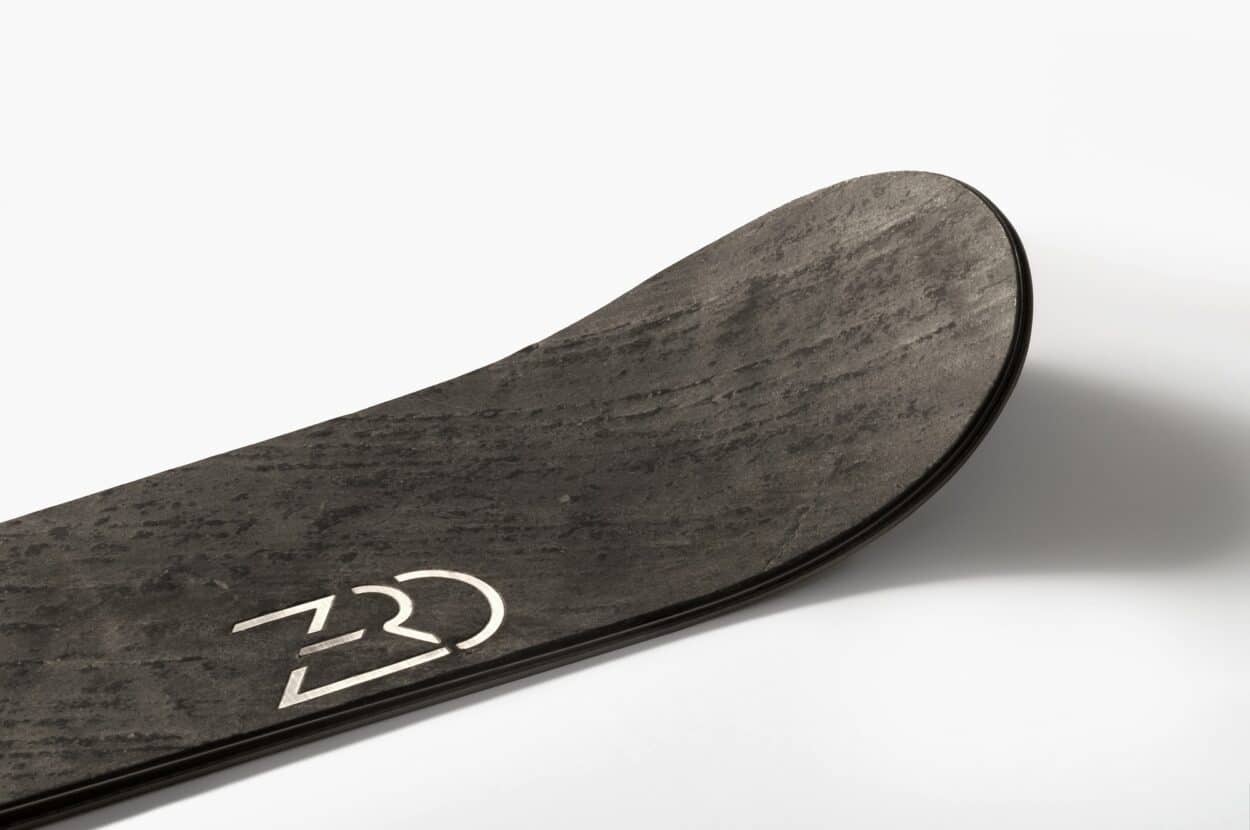
Nørr skis are off-track skis with a structure that allows excellent flotation and unmatched stability. These skis are mainly covered with zebrawood, with alternating inlay works of metal silver and nacre white. They’re made for fresh snow and experienced riders with composition and geometry that allows for excellent flotation and unparalleled stability.


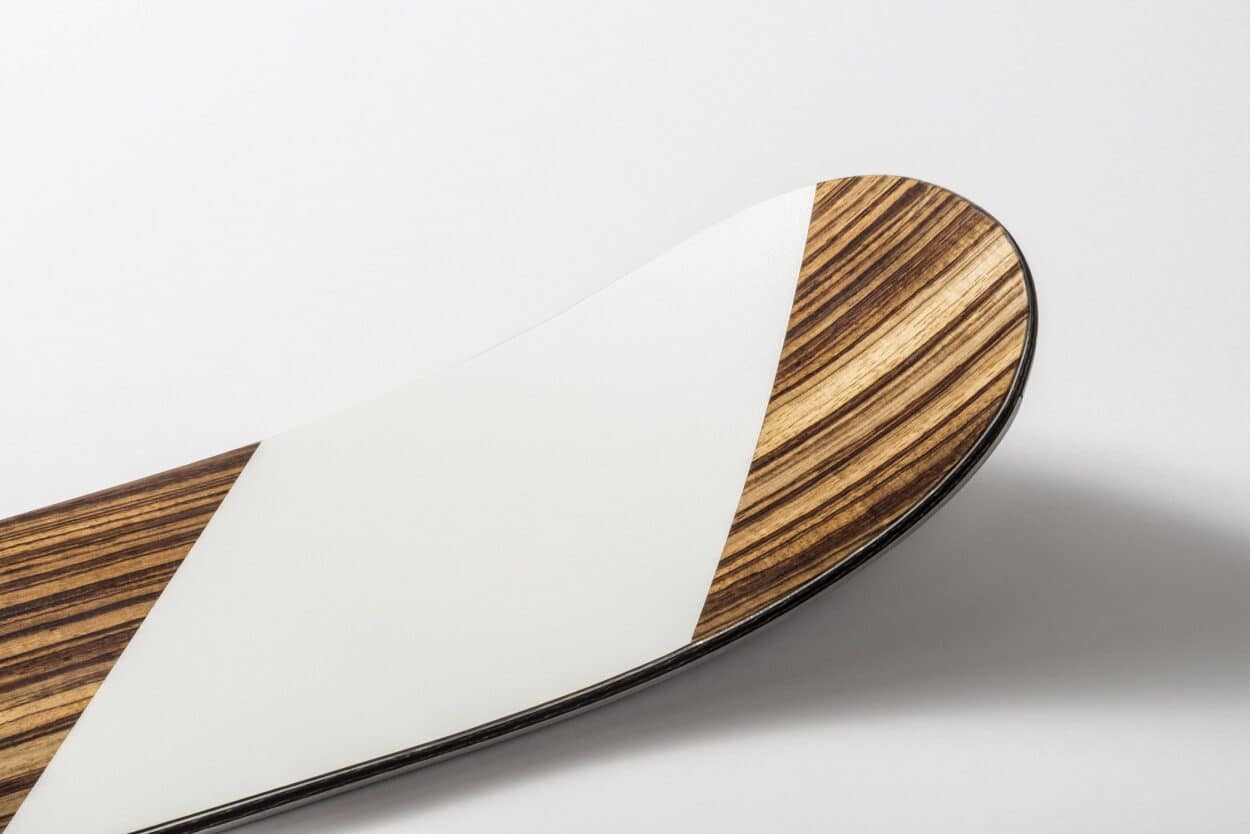
Mydas is characterized by the application of 24-karat gold leaf over the entire surface of the skis, creating a bold combination of lights and colors. The Mydas skis are fitting for any level of skier. The internal structure is made of titinal, fiberglass and solid wood which make the skis soft and easy during turns.



